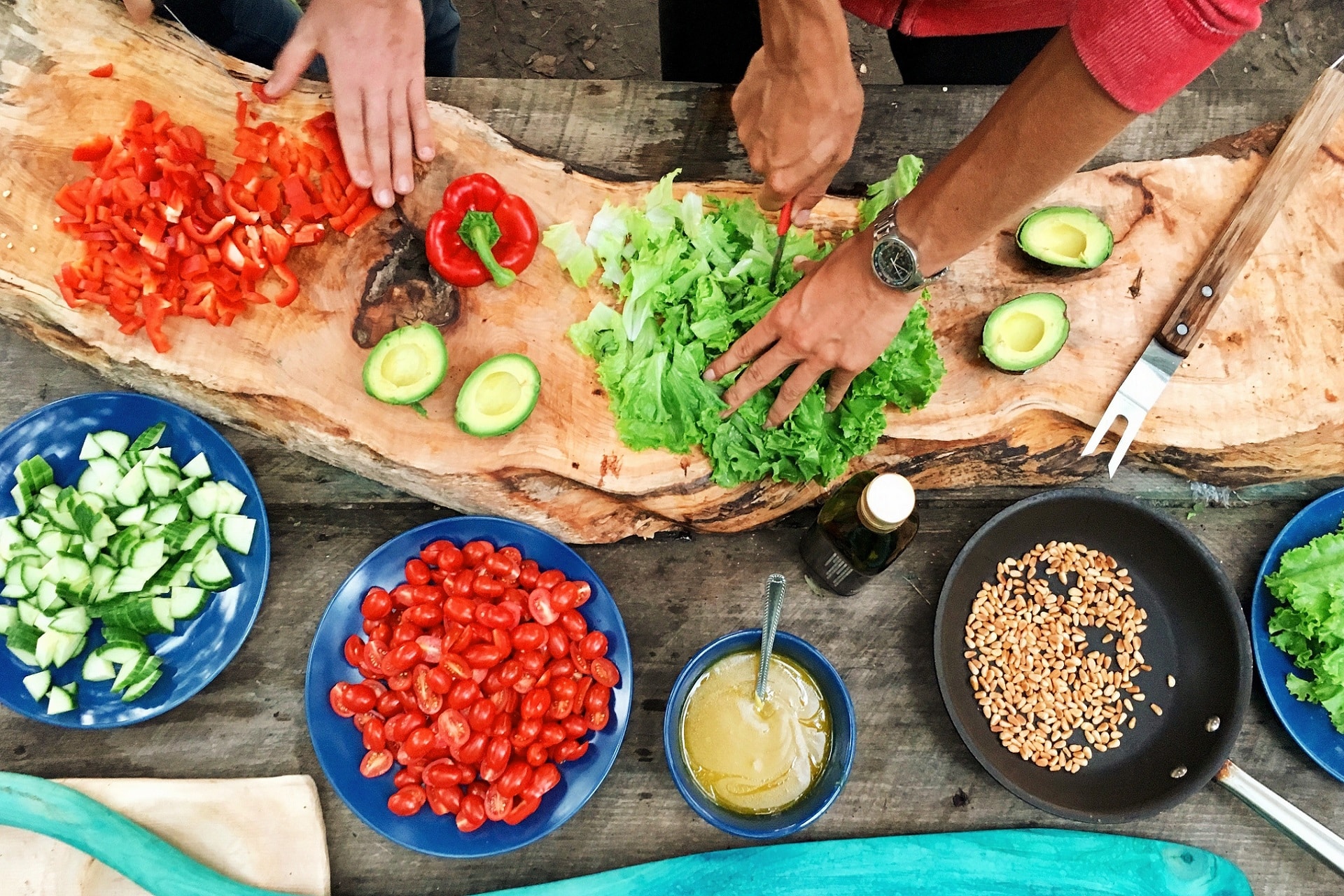Sciatica is a real pain in the backside, literally! It affects so many people, causing discomfort, numbness, and even weakness in the lower back, hips, and legs. But did you know that what you eat can make a huge difference in managing this condition? That’s right, nutrition plays a vital role in dealing with sciatica!
Foods to Eat For Sciatica
So, what should you be eating? Firstly, fruits and veggies should be your best friends! They are full of antioxidants and anti-inflammatory compounds that help reduce inflammation and pain in the body. Think berries, leafy greens, and cruciferous veggies like broccoli and cauliflower.
Whole grains are also excellent for reducing inflammation in the body. Brown rice, quinoa, and whole-wheat bread are all great options. And let’s not forget about omega-3 fatty acids, which can be found in fatty fish like salmon, nuts, and seeds. These bad boys also help reduce inflammation and pain.
In addition to eating the right foods, there are also some key nutrients that can help alleviate sciatica pain. One of these is magnesium, which is known for its muscle-relaxing properties. Magnesium can be found in foods such as almonds, spinach, and avocados.
Vitamin D is essential for bone health and reducing inflammation. So, try to get your dose from foods such as fatty fish, egg yolks, and fortified dairy products.
Another important nutrient is B vitamins, which can help with nerve function and reduce inflammation. Foods rich in B vitamins include leafy greens, eggs, and lean meats.
But it’s not just about what you eat, it’s also about how you eat. Eating smaller, more frequent meals throughout the day can help regulate blood sugar levels and reduce inflammation in the body.
And let’s not forget about hydration! Drinking plenty of water is crucial for overall health and can also help reduce inflammation in the body. Aim for at least 8-10 glasses of water per day.
Foods to Avoid For Sciatica
On the other hand, what foods should you avoid? Processed foods are a big no-no! They’re usually high in sugar, salt, and unhealthy fats, which can make inflammation worse and pain more unbearable. Trans fats, which are found in many processed foods, can also increase inflammation in the body, worsening your sciatica. Caffeine and alcohol are also not your friends when it comes to managing sciatica. They can both increase inflammation, making pain worse.
Conclusion
Of course, nutrition is just one aspect of managing sciatica pain. Exercise, stretching, and physical therapy are also important components of a comprehensive treatment plan. But by incorporating the right foods and nutrients into your diet, you can help reduce inflammation, alleviate pain, and support overall health and well-being. Please remember to always consult with your healthcare provider for the best treatment options.
References:
- Cleveland Clinic. (n.d.). Nutrition Guidelines to Improve Wound Healing. https://my.clevelandclinic.org/health/articles/15436-nutrition-guidelines-to-improve-wound-healing.
- Linus Pauling Institute. (n.d.). Magnesium. https://lpi.oregonstate.edu/mic/minerals/magnesium.
- National Institutes of Health. (2020). Vitamin B6. https://ods.od.nih.gov/factsheets/VitaminB6-HealthProfessional/.
- University of California San Francisco Medical Center. (n.d.). Healthy Eating During Chemotherapy. https://www.ucsfhealth.org/education/healthy_eating_during_chemotherapy/.







Leave A Comment